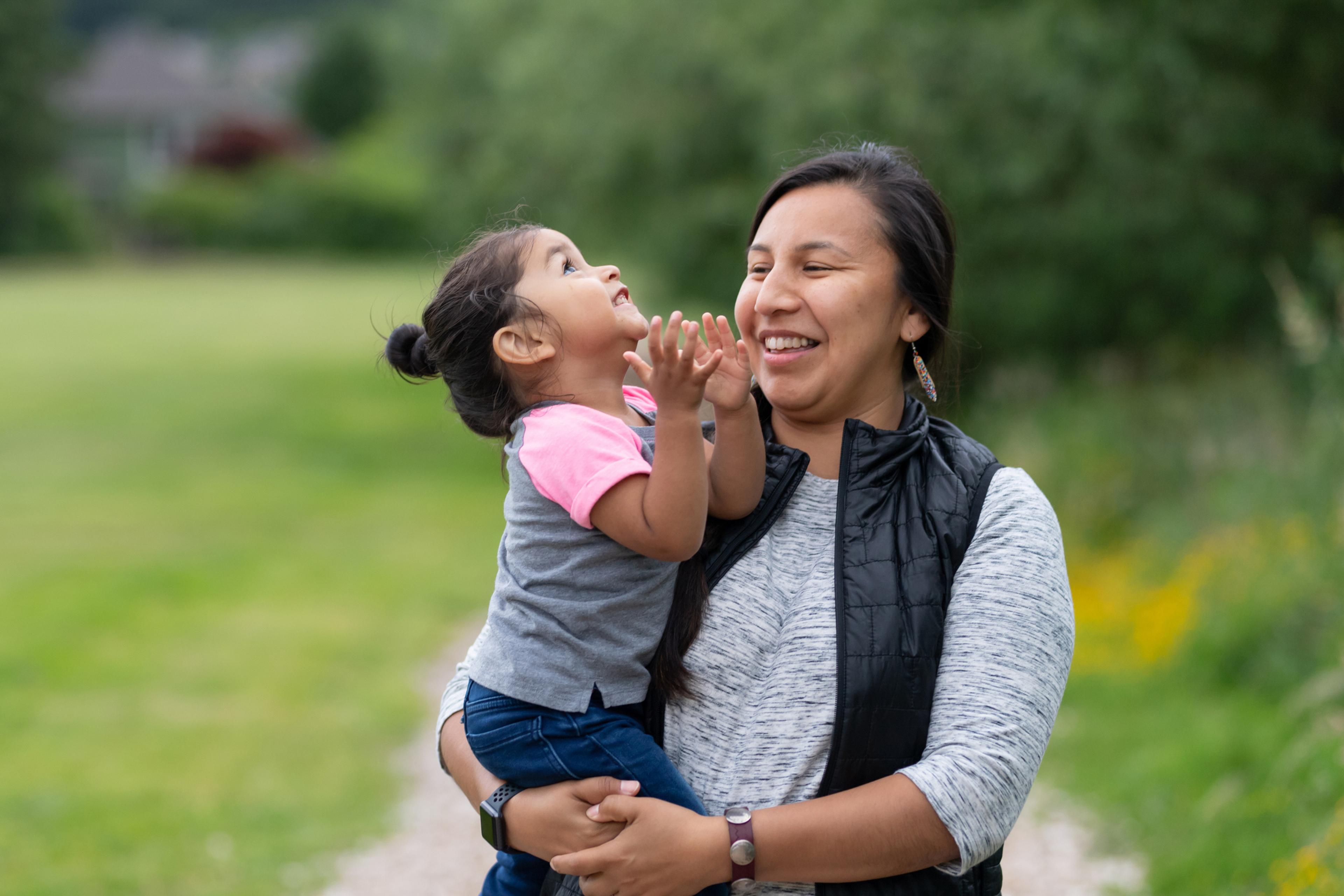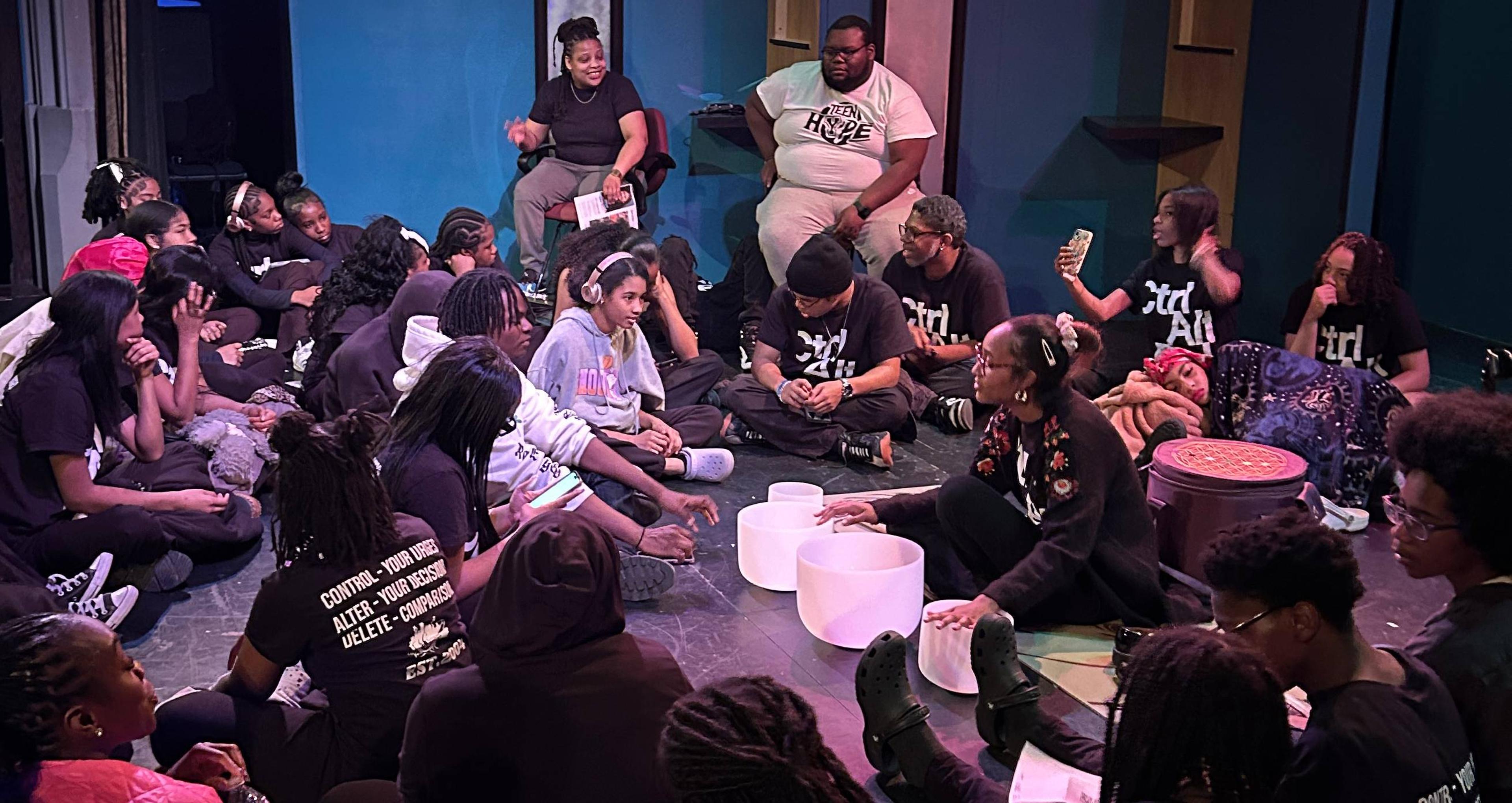Seeing Crime and Violence as Public Health Issues
Amy Barczy
| 3 min read
Amy Barczy is a former brand journalist who authored...

Violence can affect anyone of any background. Severe acts of aggression can be random or targeted and impact people of all walks of life. Some groups of people are more likely to be exposed to violence. The homicide rate among young Black men and children between the ages of 10 and 25 years old is nearly 20 times higher than the rate among white men and children in the same age group. Other oppressed groups – including women and people who identify as LGBTQ+ – are also at a higher risk for being victims of certain kinds of violence. There are significant health impacts for those affected by violence – including mental health risks, increased risk of heart disease and early death. Violence can also have a ripple effect on health in neighborhoods. If violence or crime are common in your community, you might not go outside for a walk as often or get much physical activity. You may feel like it’s safer to stay in your backyard, or on your porch. Which means your physical and mental health will likely not be at their best.
Health impacts
Crime and violence in communities can have long-lasting impacts both in the lives of the perpetrators, victims, witnesses and those exposed to it through word-of-mouth. Injuries can be physical and mental. And the impacts of crime and violence can add to a compounding series of factors that can eventually impact the social determinants of health for people living in a community. These factors – which include income, access to health care, housing, education, access to healthy food and more – are known as social determinants of health. In the U.S., communities of color experience higher rates of violence and are exposed more to violence. Violence can include:
- Bullying
- Child abuse
- Elder abuse
- Intentional harm
- Intimate partner violence
- Sexual violence
- Youth violence
Exposure to violence can lead to an increased risk of:
- Asthma
- Hypertension
- Cancer
- Stroke
- Depression
- Post-traumatic stress disorder
Research also shows individuals exposed to violence are more likely to adopt behaviors that are also risk factors for early death – including poor sleep, smoking and social isolation. There are also negative outcomes connected to HIV, maternal health and alcohol and substance abuse.
Interventions
Addressing the impact of crime and violence on communities takes a multifaceted approach. One program that Blue Cross Blue Shield of Michigan has contributed to in Detroit aims to intervene. The DLIVE program – Detroit Life is Valuable Everyday – is an intervention program based out of DMC Sinai-Grace Hospital that connects with patients in the hospital for violent injuries in the hopes of preventing a return visit. DLIVE provides innovative targeted services for young adults who have been victims of acute, intentional trauma. DLIVE provides intensive case management and support with employment, housing, education and more. Violence is typically predictable and preventable – which is why interventions in a health care setting hold promise. Connecting individuals who are victims of violence to the resources they need to change course is an area public health officials are striving towards as one way to help break the cycle of violence. More from MIBluesPerspectives:
Photo credit: Getty Images





